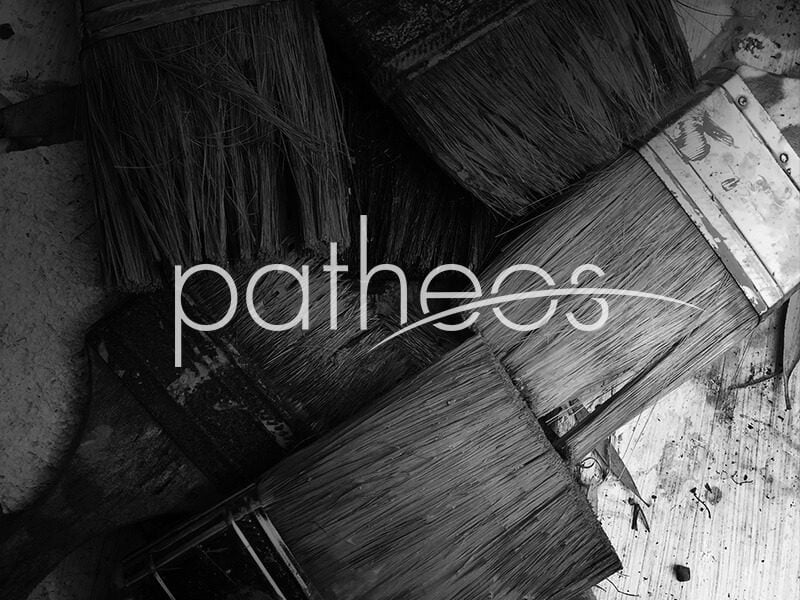When American mothers objected to the Barbie doll, Matelle got to work to convince them that it was OK: “A shrewd ad campaign overcame maternal resistance by suggesting that daughters who dressed and groomed Barbie, with her vast collection of accessories and outfits, would learn how to become well-turned-out young ladies, rather than tomboys. It worked” ( The New Yorker ). Read more















